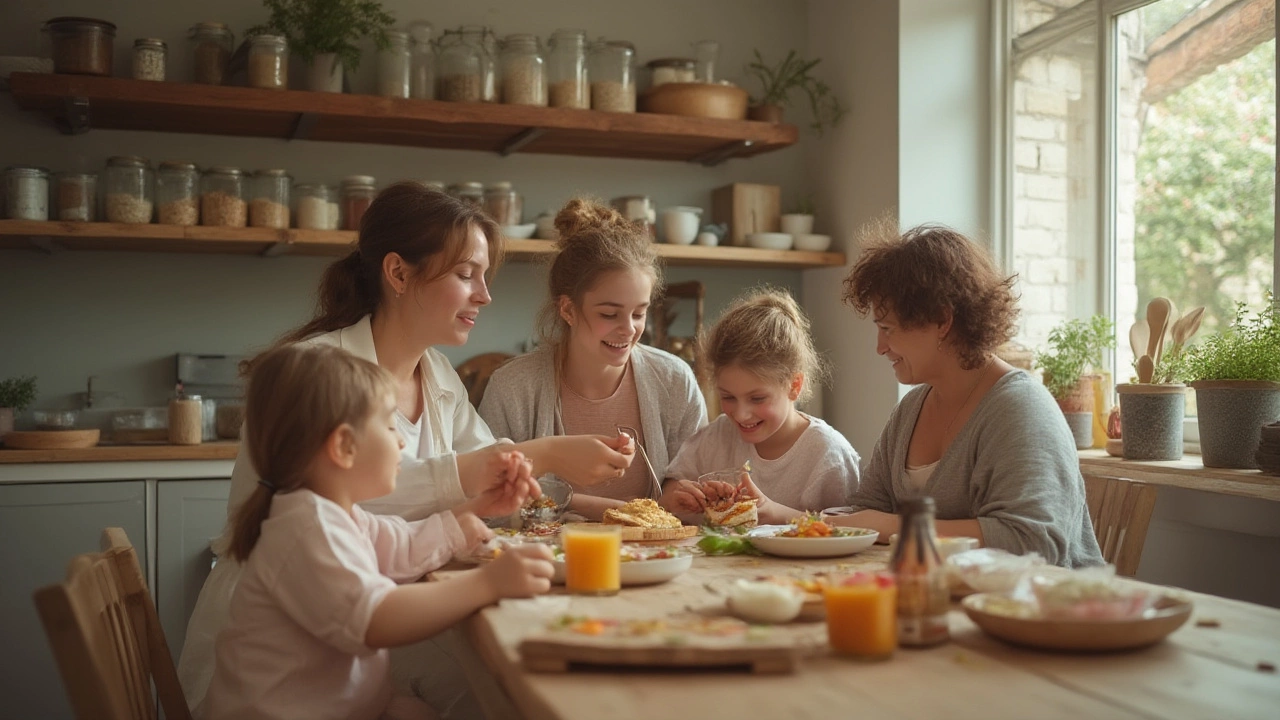Green Choices: Everyday Tips for a Cleaner, Greener Life
If you’re looking for ways to live greener without turning your life upside down, you’re in the right spot. The trick is to pick a few easy habits and stick with them. Small switches—like swapping a plastic bottle for a reusable one—add up quickly and cost almost nothing.
Everyday Green Hacks
First, tackle waste in the kitchen. Keep a bowl for food scraps and toss them into a compost bin or a community garden. It cuts landfill trash and gives plants a nutrient boost. Next, think about energy use. Turning off lights when you leave a room saves a few dollars a month and reduces carbon output. If you can, switch to LED bulbs—they use about 80% less energy than old incandescents.
Water habits are another low‑effort win. A quick shower instead of a long soak can save up to 30 gallons per week. Install a low‑flow showerhead for an even bigger drop. When you wash dishes, fill the sink with water instead of letting the tap run; you’ll see the water bill shrink.
Transportation is a bigger piece, but there are simple steps. Carpool to work once a week or try a bike for short trips. Even parking farther from the entrance forces you to walk a bit, cutting fuel use and giving you extra steps.
Green Shopping Made Easy
When you shop, ask yourself two questions: Is this product truly green, and do I really need it? A post on our site, “Green vs. Eco‑Friendly: What’s the Real Difference,” breaks down the jargon. “Green” often means the brand markets an environmental angle, while “eco‑friendly” means the product’s whole life cycle—materials, production, and disposal—has a lower impact.
Look for certifications like GOTS for textiles or Energy Star for appliances. Those labels are vetted, so you skip the guesswork. If you’re updating your wardrobe, check out our “Best Sustainable Fashion Brands” guide. Brands that use recycled fabrics, fair‑trade factories, and transparent supply chains earn higher marks.
For everyday items, choose reusable over disposable. A stainless‑steel water bottle, a set of cloth napkins, and a bamboo toothbrush are cheap upgrades that last years. Keep a small tote bag in your car or purse so you never need a plastic bag at the store.
Finally, think about the end of a product’s life. Can it be repaired, upcycled, or recycled? When you buy a sturdier item, you avoid the landfill dump and often save money in the long run.
Putting these ideas together creates a habit loop: notice a wasteful action, replace it with a greener option, and feel good about the impact. The more you practice, the more natural it becomes.
Ready to start? Pick one tip from each section this week—maybe a compost bowl, an LED bulb, and a tote bag. Track how it feels, and add another habit next week. Before long, you’ll have a toolbox of green choices that fit seamlessly into your life.
Living greener isn’t a marathon; it’s a series of tiny steps. Each choice you make pushes the planet a little farther toward health. Keep experimenting, stay curious, and enjoy the progress you see every day.
